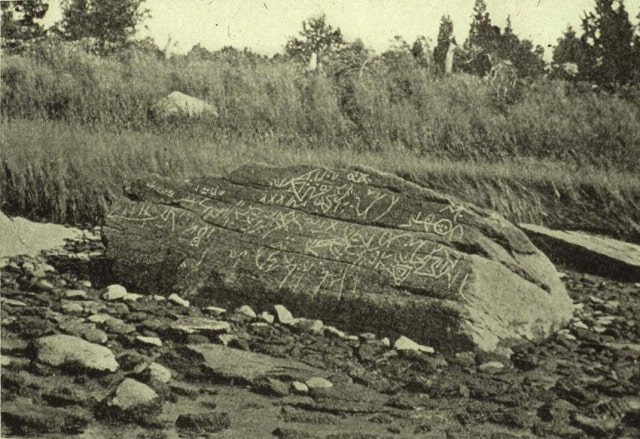Miguel Corte-Real was a Portuguese Explorer who participated in early Portuguese expeditions to find a Northwest Passage to Asia. It is believed that he was one of the first to reach Newfoundland and other parts of the northeast coast of Canada.
He, along with his brothers, Gasper Corte-Real and Vasco Anes Corte-Real, and other famous explorers such as Bartolomeu Dias and Vasco da Gama helped make the coastal nation of Portugal into a global empire by expanding their trade routes and discoveries.
Search for Gasper and Death
Miguel was overshadowed by his brother, who served in the king's court.
Gasper reached Greenland in 1500, and in 1501 he reached Newfoundland. However, tragedy hit when Gasper did not return from the voyage. In response, believing that his brother could possibly be alive, Miguel Corte-Real invested a large amount of money to raise a ship and crew to find him.
He set out from Lisbon, Portugal, in 1502. The expedition apparently reached the location where Gaspar's party had landed, at which point the three ships broke off in different directions to search. Later, the ship carrying Miguel failed to appear at a designated rendezvous on August 20. The other two ships made the return voyage to Portugal, while Miguel and his ship were never seen again.
In 1503, the last surviving brother, Vasco Añes Corte-Real, planned another rescue expedition for his two brothers. King Manuel I furnished two ships but would not permit Vasco himself to sail with them. The expedition returned in the fall without having found any trace of either brother.
In 1918, a submerged stone was discovered by Professor Edmund Delabarre of Brown University.
The stone was inscribed with a Portuguese coat of arms and the name “Miguel Corte Real.” It appears as though Miguel Corte-Real lived in North America for nine years after his disappearance.
This Dighton Rock (as seen below) was first seen by those who settled in Massachusetts Bay Colony and was written about by Cotton Mather. Many generations since have also seen the rock.
However, upon further research, it is believed that the Dighton Rock is most likely not the writing of Miguel Corte-Real.

